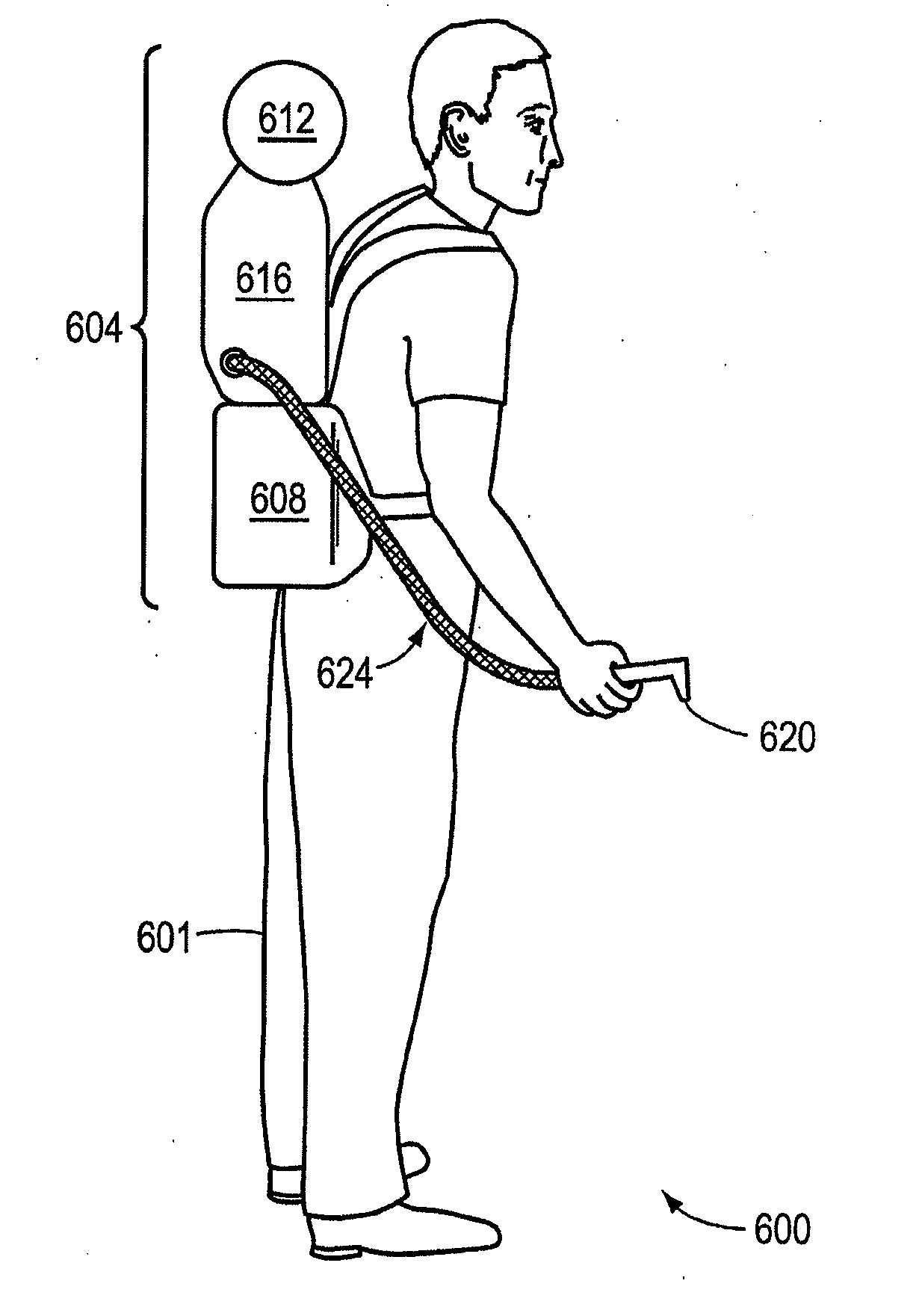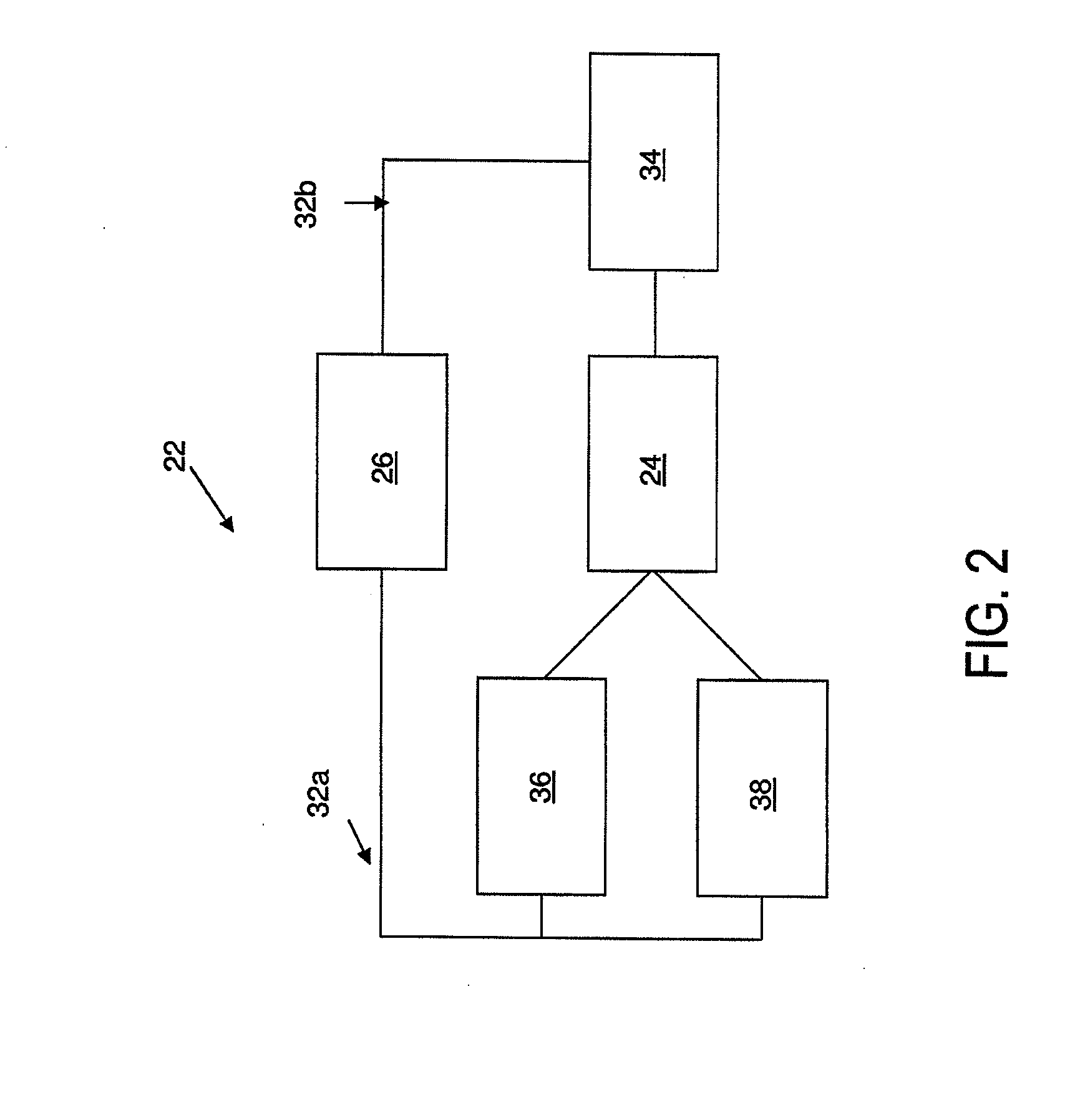Portable autonomous material processing system
a technology of material processing and portable devices, which is applied in the field of portable plasma arc torch systems for processing materials, can solve the problems of inconvenient portability of plasma arc cutting systems, large gas consumption, and inability to efficiently adapt plasma arc torch systems to facilitate portability, so as to reduce the size and cost of the torch, and increase the system size and cost of production
- Summary
- Abstract
- Description
- Claims
- Application Information
AI Technical Summary
Benefits of technology
Problems solved by technology
Method used
Image
Examples
Embodiment Construction
[0078]Plasma arc torches have a wide variety of applications such as the cutting of thick plates of metal and the cutting of comparatively thin sheets of galvanized metal commonly used in heating, ventilating and air conditioning (HVAC) systems. The basic components of a plasma arc torch include a torch body, an electrode (cathode) mounted within the body, a nozzle (anode) with a central exit orifice, a gas source to provide a flow of an ionizable gas, electrical connections, passages for cooling and arc control fluids, and a power source that produces a pilot arc in the gas, typically between the electrode and the nozzle, and then a plasma arc, a conductive flow of the ionized gas from the electrode to a workpiece. The gas can be non-oxidizing, e.g. nitrogen, argon / hydrogen, or argon, or oxidizing, e.g. oxygen or air.
[0079]Various plasma arc torches of this general type are described in U.S. Pat. Nos. 4,791,268; 4,902,871; 5,170,033; 5,317,126; and 5,994,663, all commonly assigned ...
PUM
| Property | Measurement | Unit |
|---|---|---|
| voltage | aaaaa | aaaaa |
| time | aaaaa | aaaaa |
| thick | aaaaa | aaaaa |
Abstract
Description
Claims
Application Information
 Login to View More
Login to View More - R&D
- Intellectual Property
- Life Sciences
- Materials
- Tech Scout
- Unparalleled Data Quality
- Higher Quality Content
- 60% Fewer Hallucinations
Browse by: Latest US Patents, China's latest patents, Technical Efficacy Thesaurus, Application Domain, Technology Topic, Popular Technical Reports.
© 2025 PatSnap. All rights reserved.Legal|Privacy policy|Modern Slavery Act Transparency Statement|Sitemap|About US| Contact US: help@patsnap.com



